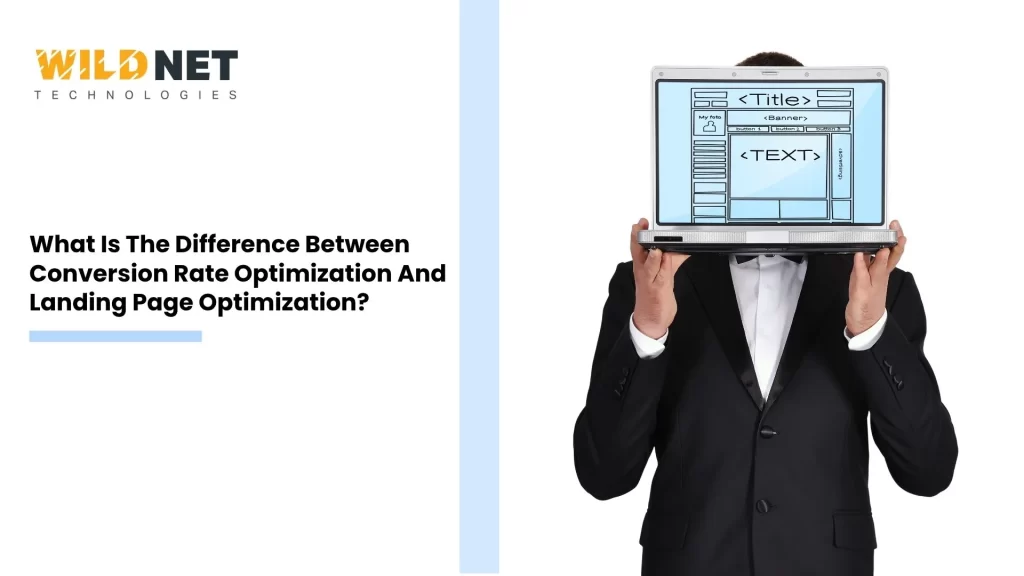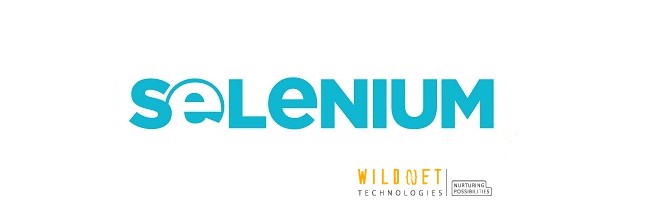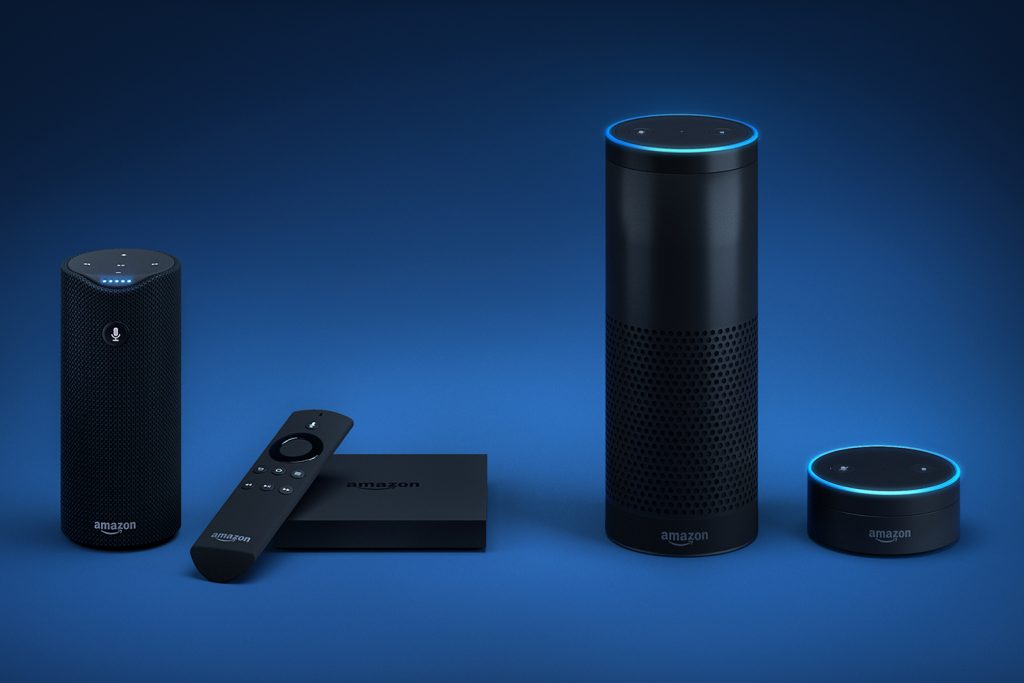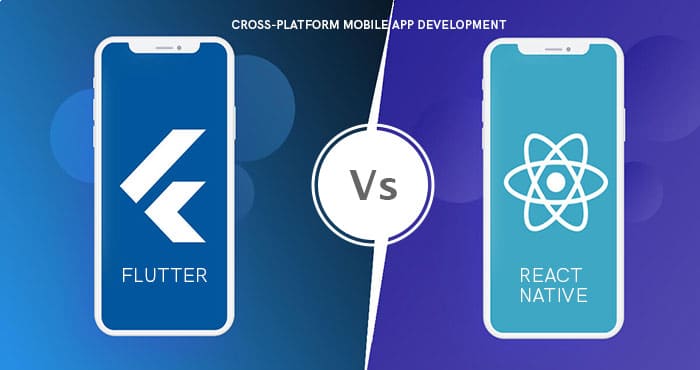In the ever-evolving world of digital marketing, the terms Conversion Rate Optimization (CRO) and Landing Page Optimization (LPO) are often used interchangeably, but they are not the same. If you’re serious about maximizing ROI and turning site visitors into customers, it’s essential to understand what is the difference between Conversion Rate Optimization and Landing Page Optimization. This blog dives deep into both concepts, explores how they overlap, and reveals why mastering each is vital for your online success.
Defining Conversion Rate Optimization (CRO)
Conversion Rate Optimization is a holistic process aimed at increasing the percentage of visitors who finish a desired action, whether that’s purchasing, subscribing, filling a form, or any other measurable goal.
- Broad scope: CRO applies to your entire digital ecosystem, homepage, product pages, pricing pages, forms, emails, and yes, landing pages too .
- Data-driven: It leverages quantitative metrics like bounce rates and time-on-page, along with qualitative insights like heatmaps and user surveys.
- Iterative experimentation: CRO uses A/B or multivariate testing to systematically remove friction and improve performance.
- Holistic focus: Its ultimate goal is to optimize every step of the conversion funnel, from ad click to transaction.
In essence, CRO is about squeezing more value out of every visitor you already have, without necessarily increasing traffic.
Understanding Landing Page Optimization (LPO)
By contrast, Landing Page Optimization is more focused: it’s the process of refining a specific standalone page, usually linked from an ad or email, to maximize the conversion rate for that page.
- Page-specific focus: LPO zeroes in on one page with a single goal, whether it’s lead capture, free trial signup, or purchase.
- Element-level tweaks: It concentrates on improving headlines, CTAs, design, trust signals, media, layout, and forms.
- A/B and rule-based testing: A/B testing or dynamic personalization is often used to identify top-performing variants.
- Targeted conversions: Common in PPC campaigns, webinar landing pages, and email-offer funnels.
LPO is essentially a sub-discipline of CRO that’s all about one page, one objective.
Head-to-Head: CRO vs. LPO
Let’s break down what is the difference between Conversion Rate Optimization and Landing Page Optimization across key dimensions:
| Aspect | CRO | LPO |
| Scope | Full site/funnel (multi-page) | Single landing page |
| Goal | Global conversion improvement | Boost conversions on a specific destination page |
| Methods | funnel analysis, sitewide testing | CTA button styles, hero copy, form length on one page |
| Data Sources | Analytics, heatmaps, polls, session recordings | Same sources, but focused on landing-page interactions |
| Time Horizon | Continuous, long-term | Campaign-specific or short-term |
| ROI Impact | Broad, multi-point lift | Fast, targeted gains in campaign cost efficiency |
The Symbiotic Relationship
Even though CRO and LPO differ in scope, they are deeply interconnected:
- LPO serves CRO: Improvements on landing pages feed data into your broader CRO strategy and funnel benchmarks.
- CRO informs LPO: Holistic analytics reveal friction points—e.g., form abandonment—that can be addressed on landing pages.
- Shared toolkit: Tools like A/B testing, heatmaps, analytics, and personalization fuel both disciplines.
Think of LPO as a laser-focused exercise and CRO as the telescopic view. Both require data, experimentation, and user-centric thinking.
Why the Difference Matters: Unlocking ROI
So, why does knowing what is the difference between Conversion Rate Optimization and Landing Page Optimization matter?
- Budget & resource allocation: LPO may need fewer resources but offers quicker wins. CRO tends to require more investment but brings larger systemic benefits.
- Skill requirements: LPO is often more tactical and creative—copywriting, design, UI/UX. CRO demands data analysis, psychology, and funnel optimization skills .
- Timeline and results: LPO yields fast lift focused on campaigns, while CRO builds long-term, cumulative gains in efficiency and profitability.
- Performance measurement: LPO can deliver campaign-level metrics (e.g., “@25% landing page conversion”), while CRO tracks sitewide funnel improvements.
Signs You Need Each
When to do LPO:
- You’re launching a new campaign and want your landing page to convert well.
- You’ve already got traffic, but conversions are low (e.g., high bounce, low form fills).
- You need fast, measurable gains in campaign efficiency and ROI.
When to do CRO:
- You have multiple optimized pages, yet conversions are still sub-optimal beyond your landing pages.
- You’re experiencing user drop-off further into the funnel (e.g., shopping cart abandonment).
- You seek long-term, cross-channel improvements to your conversion ecosystem.
Best Practices & Tips
LPO Best Practices:
- Message match: Align ad messaging with headlines to reduce friction.
- Clear value proposition: Use headlines & subheads that highlight benefit and match intent.
- Optimize above the fold: Make key info and CTA visible without scrolling.
- Strong CTA design: Use standout colors and action-focused text.
- Trust signals: Add testimonials, badges, stats, or guarantees.
- Minimize friction: Reduce form fields, distractions, and page load times.
CRO Best Practices:
- Funnel audit: Map out user journeys using analytics to find drop-off points.
- User behavior analysis: Use heatmaps, session recordings, and surveys to understand visitor motives.
- Systematic testing: Execute A/B or multivariate tests on pages across the funnel.
- Personalization: Use behavioral or demographic data to tailor experiences.
- Iterate and learn: Base decisions on data and refine over time—even small wins accumulate.
Real-World Example (Mini Case Study)
Let’s say Company X runs a PPC campaign with 1,000 clicks/month and a 10% landing page conversion rate (100 leads). They decide to optimize the page (LPO investment: $400/month), boosting the rate to 12% and yielding 120 leads, 20 extra, 40% more leads per click without extra ad spend. This is pure LPO in action.
If they then analyze further down the funnel and optimize email flows, checkout UX, and site navigation, they’re engaged in broader CRO, generating even more conversions and revenue across channels.
Advanced Strategies: CRO vs. LPO in Action
Deep-Dive Analysis
- CRO: Engages in funnel-wide diagnostics, identifying weak points across multiple pages. For example, session recordings might reveal that users drop off post-add-to-cart but before checkout, highlighting friction beyond the landing page. Such insights drive funnel-wide improvements using tools like Hotjar and Google Analytics.
- LPO: Focuses on the static or dynamic content of a specific page, like streamlining form length, enhancing above-the-fold clarity, testing CTA size and color, or tweaking the hero section.
Testing Approaches
- CRO typically blends A/B testing, multivariate testing, and continuous funnel experimentation. It deals with numerous variations per test to find the best end-to-end user journey.
- LPO generally executes A/B tests focused on micro-elements (e.g., hero copy, color contrast, trust badges) to maximize a page’s standalone performance.
Tools and Integrations
- CRO Tools: Full funnel analytics via Google Analytics 4, session replay tools (Hotjar, MS Clarity), UX testing platforms, and personalization systems.
- LPO Tools: Page builders like Unbounce, Instapage; A/B testing tools (Optimizely, Google Optimize); heatmaps; exit surveys; and built-in analytics.
Trends in CRO & LPO: What’s Next?
AI-Powered Personalization
- CRO: Leverages machine learning to segment visitors by behavior and personalize entire funnel experiences.
- LPO: Implements dynamic content swaps on landing pages—tailored headlines, offers, images—based on user intent or device type.
Journey-Centric Design
- CRO ecosystem focuses on understanding context and journey stages with granular control.
- LPO specialists emphasize “story mindset”—aligning ad pain points to landing page resolution, ensuring message continuity.
Speed and UX Emphasis
- CRO demands lightning-fast site performance everywhere. LPO must offer <3 s load times; mobile-responsive design; HTTPS; minimal redirects, for high-performance across all devices.
Crafting a Unified Optimization Playbook
- Audit the full funnel (CRO lens): Use analytics to locate drop-offs and prioritize high-impact pages.
- Define campaign-level goals & build targeted landing pages (LPO lens).
- Implement UX fixes sitewide (mobile-first, performance, navigation).
- Launch A/B + multivariate tests on both funnel pages and landing pages.
- Apply iterative updates using qualitative & quantitative data.
- Measure holistic ROI: track CAC, LPO lift, CRO funnel gain, and trend them monthly or quarterly.
Final Thoughts: Why This Comparison Matters
To recap the question at the heart of this blog – What Is The Difference Between Conversion Rate Optimization And Landing Page Optimization?, here’s a snapshot:
- CRO: A holistic approach spanning funnels, multiple pages, numerous tools, and long-term strategy.
- LPO: A laser-focused, landing-page-level discipline, tied directly to campaigns and immediate ROI.
- Complementary roles: LPO acts as the tactical engine; CRO the strategic navigator. One fuels immediate wins; the other drives scalable, systemic conversion growth.
By combining both, structured funnel insights (CRO) + rapid page-level iteration (LPO), you create an agile, data-driven growth engine optimized for both ROI and relevance.
If you need the best digital marketing services, get in touch with us today. No need to hop back and forth from agencies, find everything under one roof at Wildnet Technologies. Connect with us today.
FAQs
Q: Can you do CRO without LPO?
A: Technically, yes, but it’s inefficient. Without optimizing landing pages, your funnel’s entry points may underperform, limiting CRO gains.
Q: Is LPO part of CRO?
A: Yes. LPO is a specialized subset of CRO focused solely on individual page performance, but requires CRO insights for full context.
Q: Which should I start with?
A: If you’re launching a campaign, start with LPO. Have good traffic but low conversions? Begin CRO.
Q: How often should I test?
A: Continually. Monthly A/B cycles, quarterly funnel audits, and real-time analytics tracking are the gold standard.






